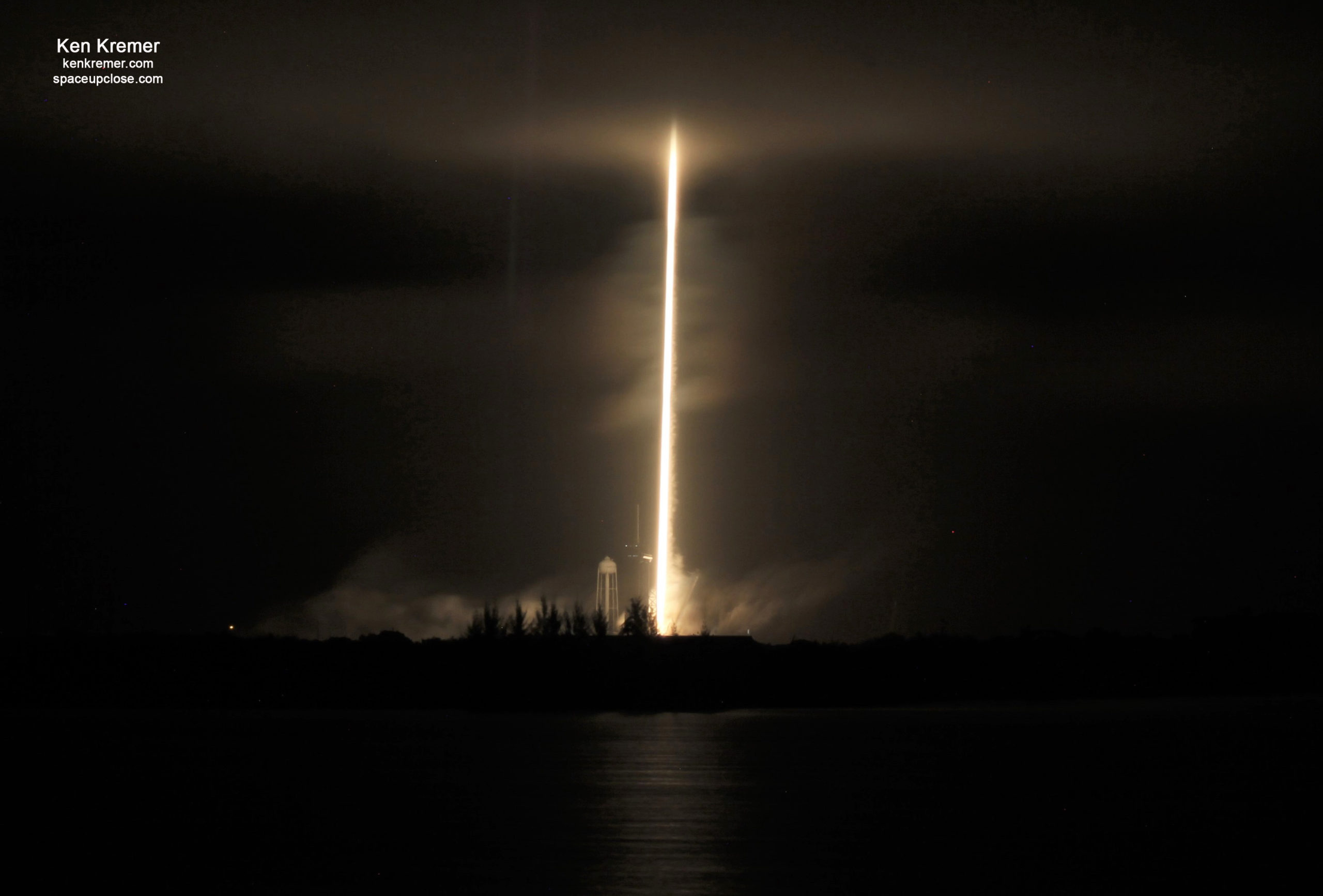
For SpaceUpClose.com & RocketSTEM
KENNEDY SPACE CENTER, FL – SpaceX managed to thread an absolutely terrible weather needle and launched a commercial Dragon cargo spaceship carrying over three tons of NASA science and supplies despite a dismal scene surrounding the space coast aboard a brand new Falcon 9 that swiftly disappeared behind thick low clouds that completely obscured the rocket some five seconds after an improbable predawn liftoff Tuesday, Dec. 21, from the Florida Space Coast on a resupply mission bound for the seven person multinational crew mates from the U.S., Russia and Germany serving aboard the International Space Station (ISS).
The weather was so dreary that Space Force weather forecasters were predicting only a 30% change of favorable weather at launch time Tuesday.
All you had to do was look around the region and see that launch was very unlikely – as most of us thought at the moment and in the overnight hours as rain showers pummeled and inundated the Cape
In fact the weather on the range was red until about 15 minutes before the scheduled launch time – when mother nature briefly relented and the weather violation for the thick cloud rule turned from red to green and the misty rain stopped.
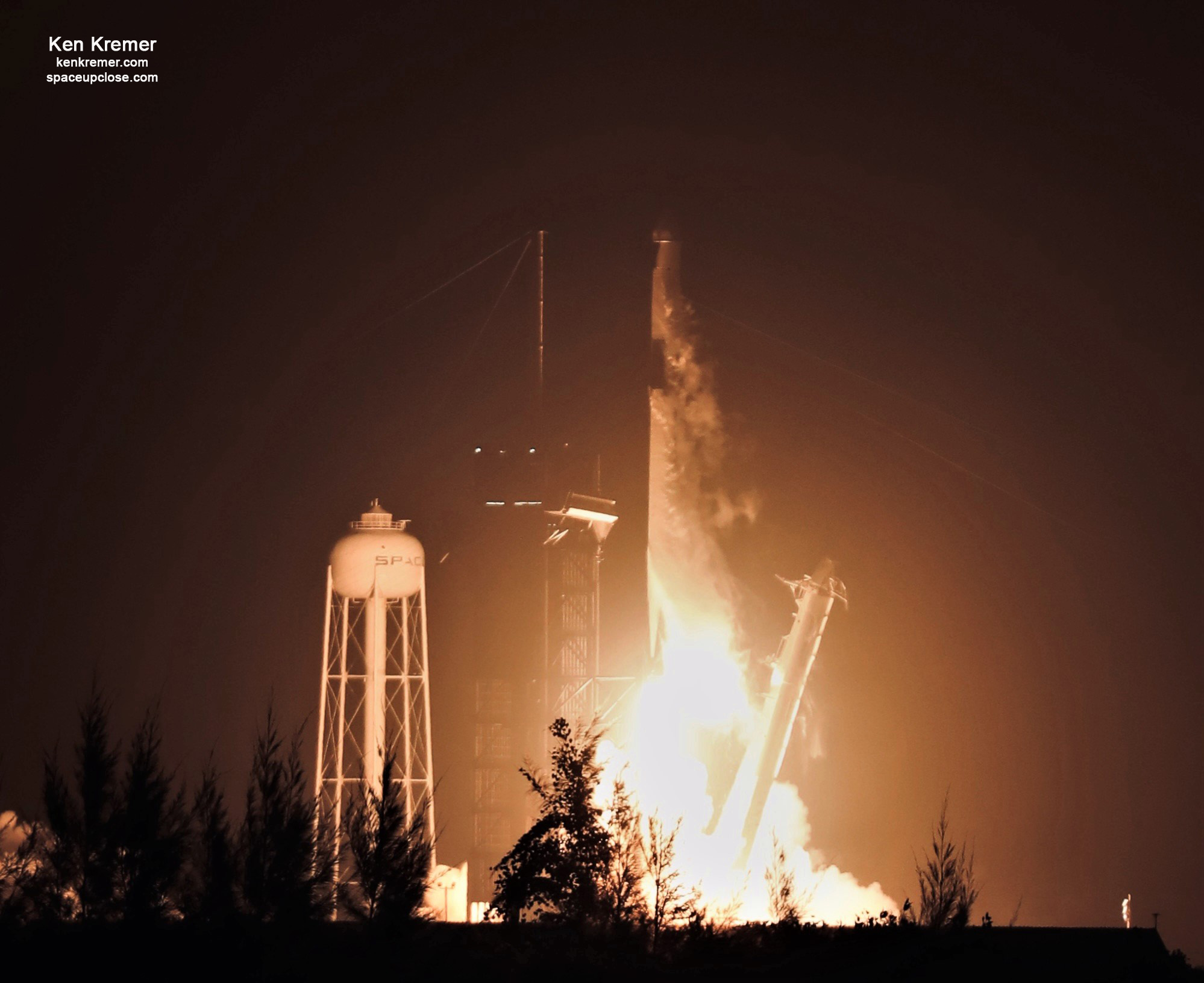
The NASA SpaceX Falcon9 and Cargo Dragon lifed off on SpaceX’s 24th NASA contracted Commercial Resupply Services (CRS-24) mission to the International Space Station since 2012 during an instantaneous launch window at 5:07 a.m. EST (1007 GMT), Dec. 21, from historic Launch Complex 39A (LC-39A) at the Kennedy Space Center in Florida.
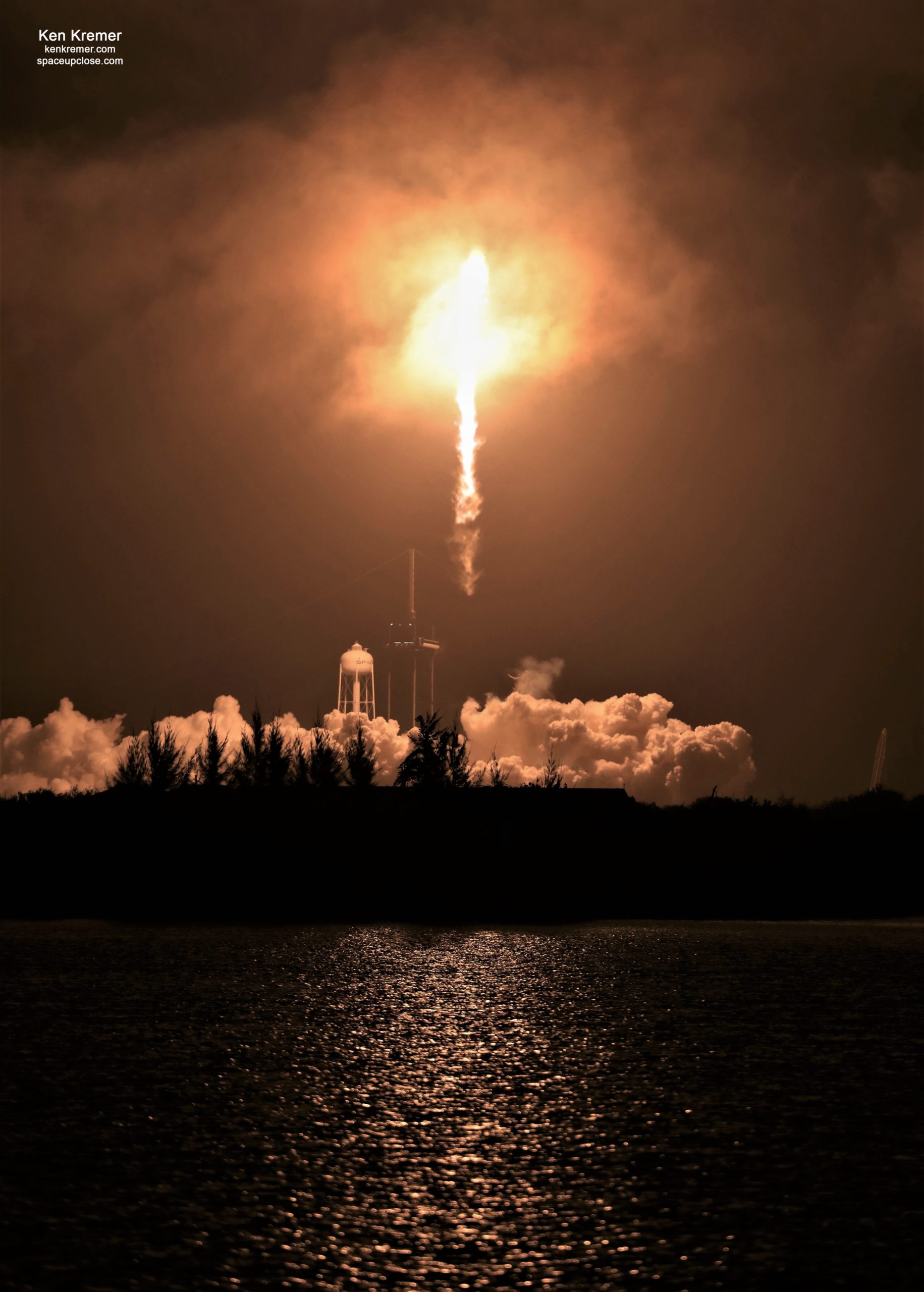
And as Falcon 9 blasted off and roared to life – it rapidly vanished behind those forecast low clouds never to be seen again as it soared to space with a thunderous rumble and illuminated the dense clouds – and ever so briefly turned night into day some two hours before the real sunrise.
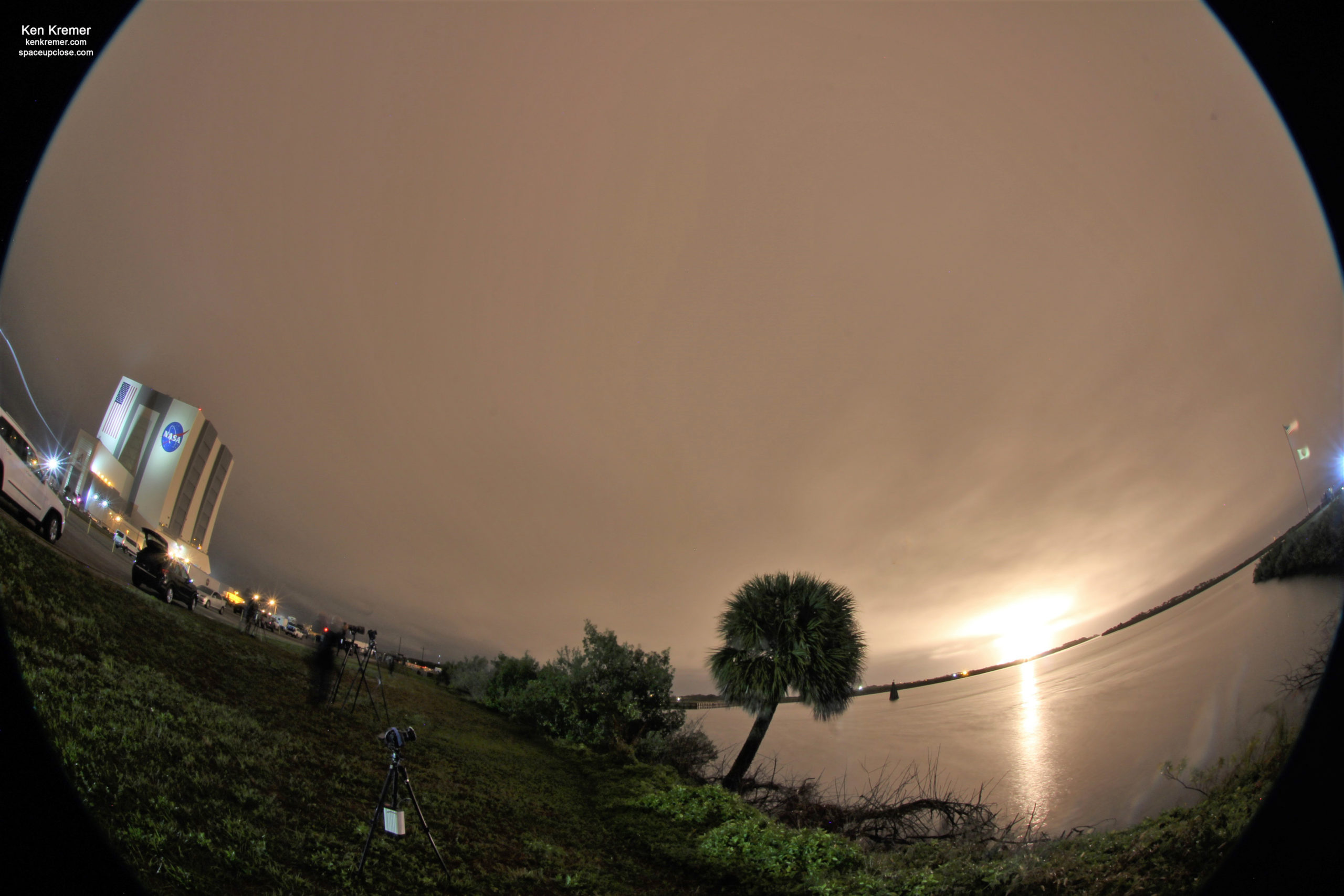
The SpaceX Falcon 9 and Cargo Dragon stack standing 215-feet-tall (65-meters) launched on a northeasterly trajectory along the U.S. East coast at a 51 degree inclination to the equator to meet up with the ISS.
The first stage ignited all 9 Merlin engine to generate 1.7 million pounds of liftoff thrust fueled by LOX and RP-1 and fired for about two and a half minutes until stage separation.
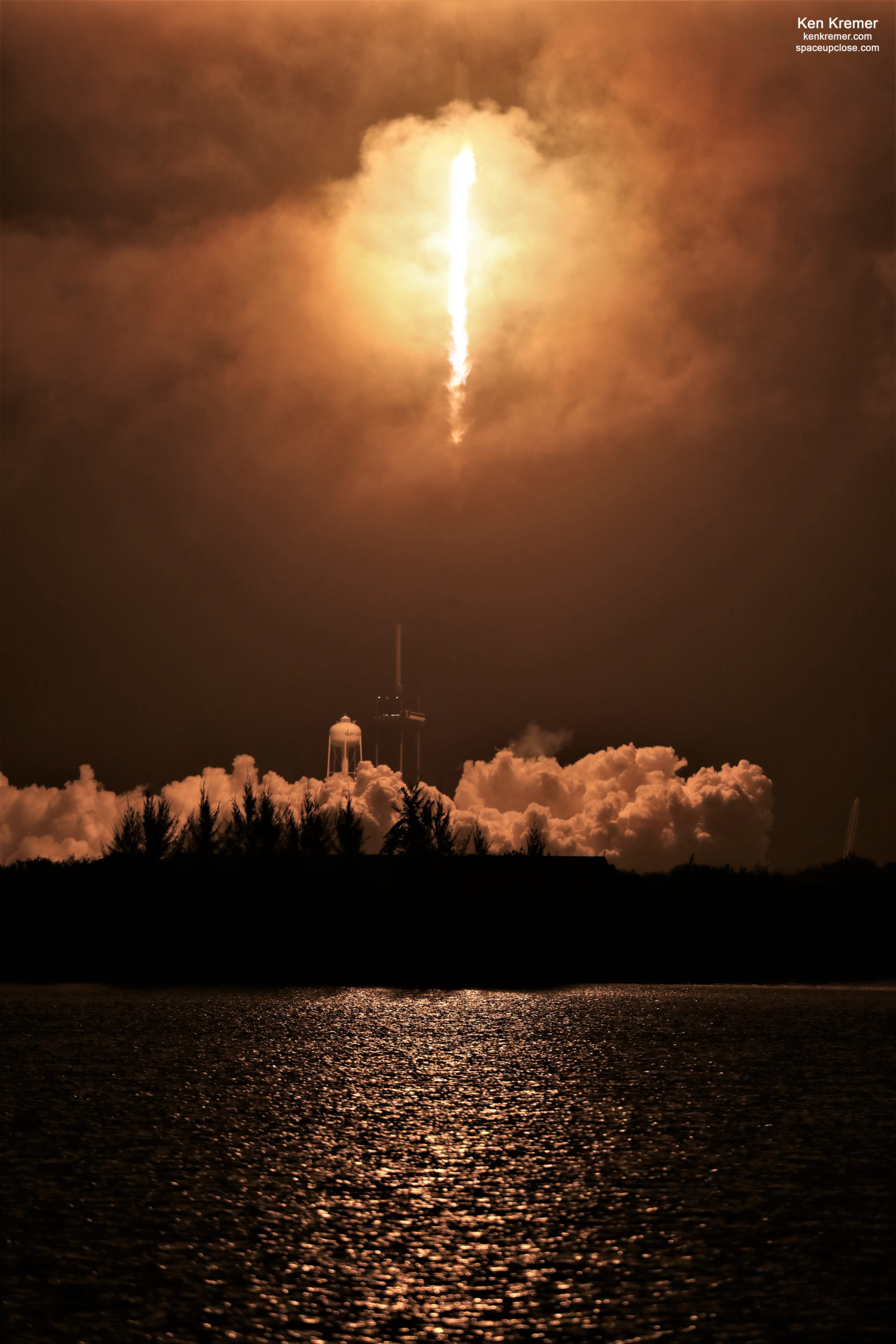
In another remarkable achievement SpaceX landed the spent first stage – marking the 100th booster landing by land or by sea since the first one exactly the same day 6 years ago on Dec. 21, 2015.
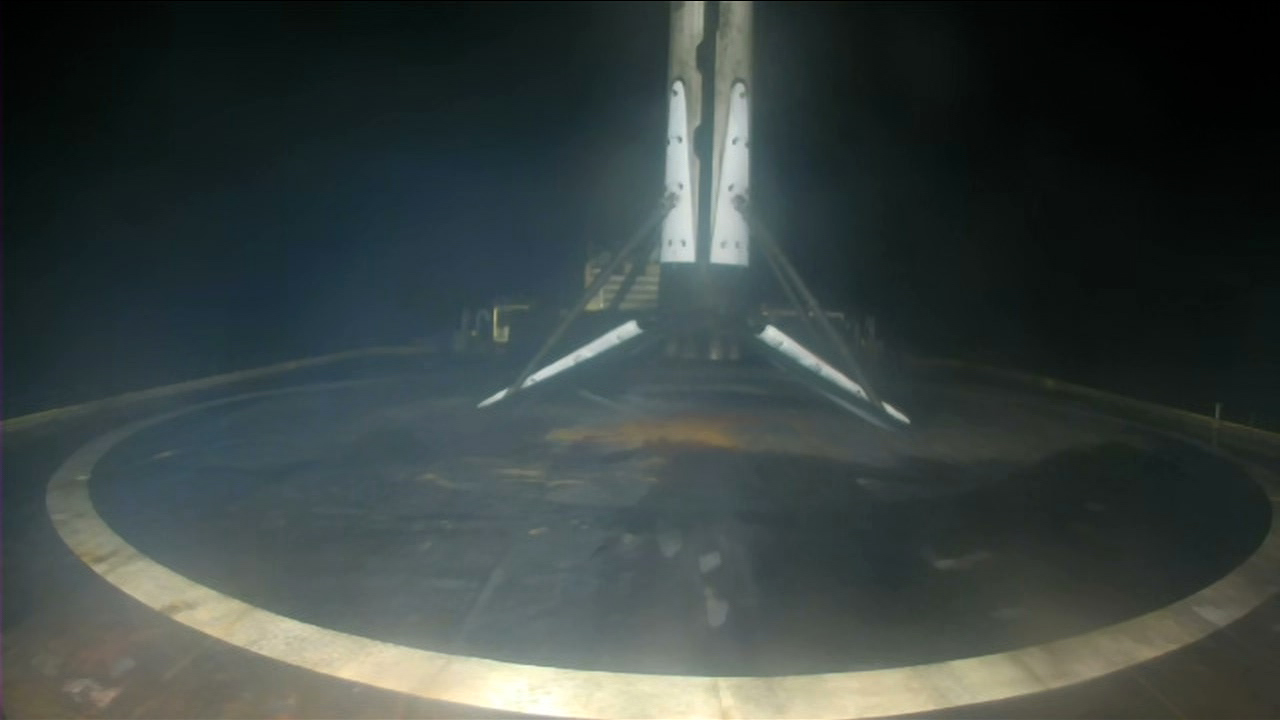
“One hundred is a big milestone,” said Sarah Walker, director of Dragon mission management at SpaceX, at the prelaunch media briefing held at KSC Dec. 20.
“We’re excited about that, and we’re also excited to see how few new boosters we have to produce as the years go by and we develop our robust maintenance processes on the fleet.”
Falcon 9’s first stage has landed on the Just Read the Instructions droneship, marking the 100th successful landing of an orbital class rocket booster!
— SpaceX (@SpaceX) December 21, 2021
The NASA CRS-24 cargo resupply mission also set another all-time launch record as SpaceX’s 31st and final launch of 2021 – eclipsing the 2020 mark of 26 launches.
It was also the 5th SpaceX Falcon 9 launch this month and the 3rd in 3 days.
In another remarkable feat, SpaceX simultaneously deployed all 3 of its drone ships for the first time ever in order to be able to land all 3 boosters in 3 days.
“It’s been a record-breaking year for SpaceX,” Walker noted. “This is our 31st and final launch of 2021, which is a step above the 26 launches we completed last year.”
The super shining and bright white Falcon 9 first stage booster is newly manufactured and designated as B1069 – an uncommon sight for SpaceX these days as we are now accustomed to seeing dark and sooty and rather filthy first stages virtually every time SpaceX launches.
B1069 also counts as the 2nd new booster launched in 2021 following the first one on the CRS-22 mission in June.
This is the first flight for this Falcon 9 first-stage booster – only the second mission this year supported by a new booster
— SpaceX (@SpaceX) December 21, 2021
SpaceX landed this non-flight proven 15-story-tall booster following stage separation with a propulsive guided touchdown on the Just Read the Instructions (JRTI) drone ship prepositioned some 400 miles (640 km) downrange in the Atlantic Ocean off the coast of the Carolina’s -some eight and a half minutes after liftoff.
“There it is! So this is the first landing for this particular booster but the 100th successful landing for an orbital class rocket,” said Andy Train, a SpaceX production supervisor, during the live NASA SpaceX webcast. “What a way to end off the year.”
Enjoy our launch and prelaunch photos of the integrated Falcon 9 and Cargo Dragon stack at pad 39A taken by Ken Kremer for Space UpClose.
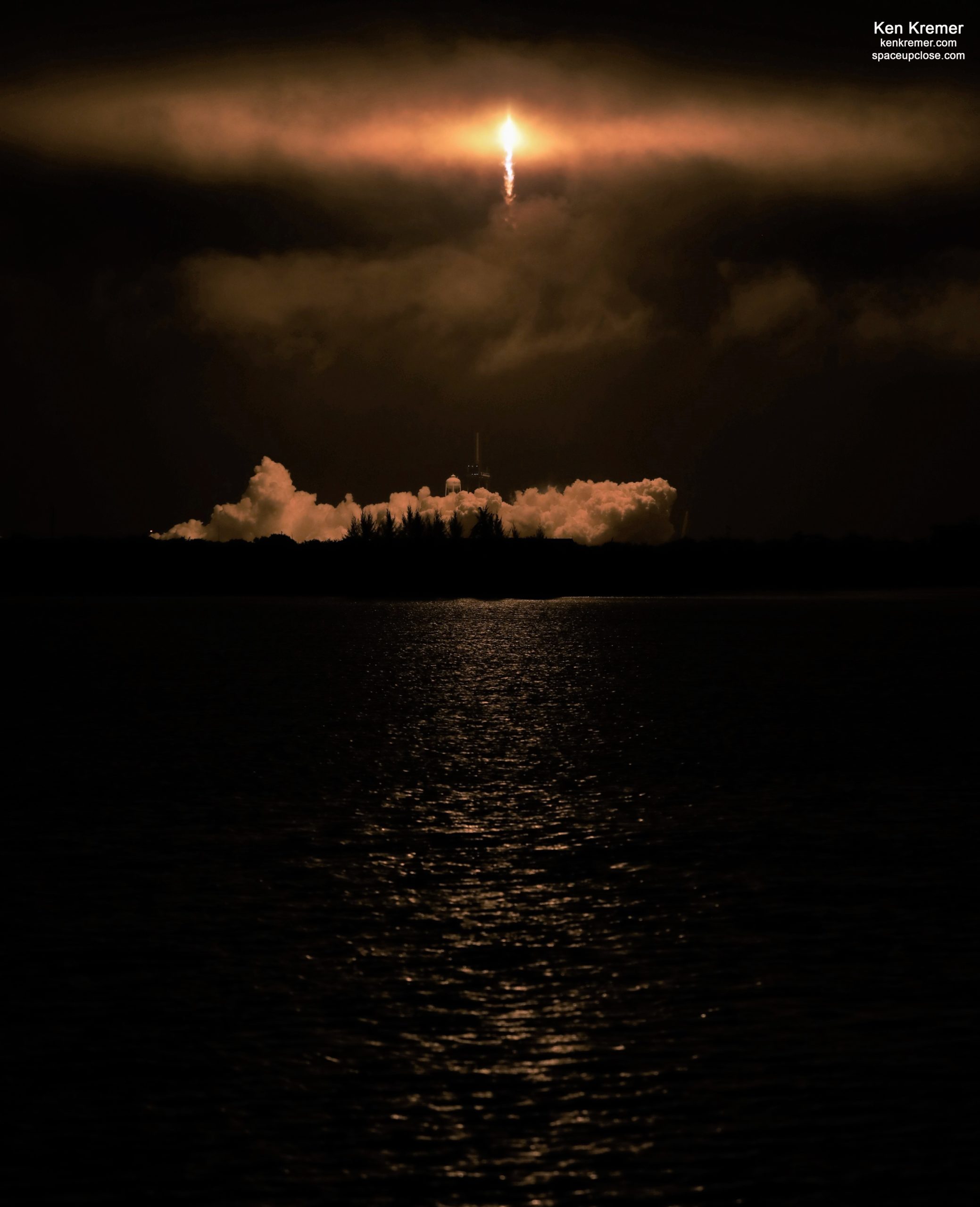
Dragon is packed with some 6,500 pounds (2900 kg) of NASA science supporting several dozen experiments and supplies including research experiments, food, water, clothing, spare parts and gear, spacewalk equipment and computer resources to support the Expedition 66 crew.
The Dragon trunk is loaded with a pair of Earth sciences experiments named STP-7 and STP-8 and weighing about 900 kg that will measure ocean wave patterns and conduct CO2 sensing in the atmosphere, Joel Montalbano, NASA’s space station program manager, told me after the prelaunch briefing.
They will be installed on the station exterior on the Columbus and JEM module, Montalbano told Space UpClose.
See detailed description of the research highlights and manifest below.
The CRS-24 resupply mission was the third of three SpaceX Cargo Dragon mission launches in 2021 following two other launched in June on CRS-22 and August on CRS-23.
Approximately twelve minutes after liftoff, Dragon separated from Falcon 9’s second stage
The Cargo Dragon will now carry out a series of carefully choreographed thruster firings to autonomously rendezvous at about 3 a.m EST and then dock to the space station on Wednesday, December 22 at approximately 4:38 a.m. EST, 9:38 GMT at the zenith or space-facing port of the Harmony module.
NASA astronauts Raja Chari and Thomas Marshburn will monitor the Dragon spacecraft’s arrival.
This gumdrop shaped Cargo Dragon will spend about one month docked to the ISS before returning with NASA critical NASA science and hardware for researchers and teams on Earth for a splashdown in the Atlantic Ocean.
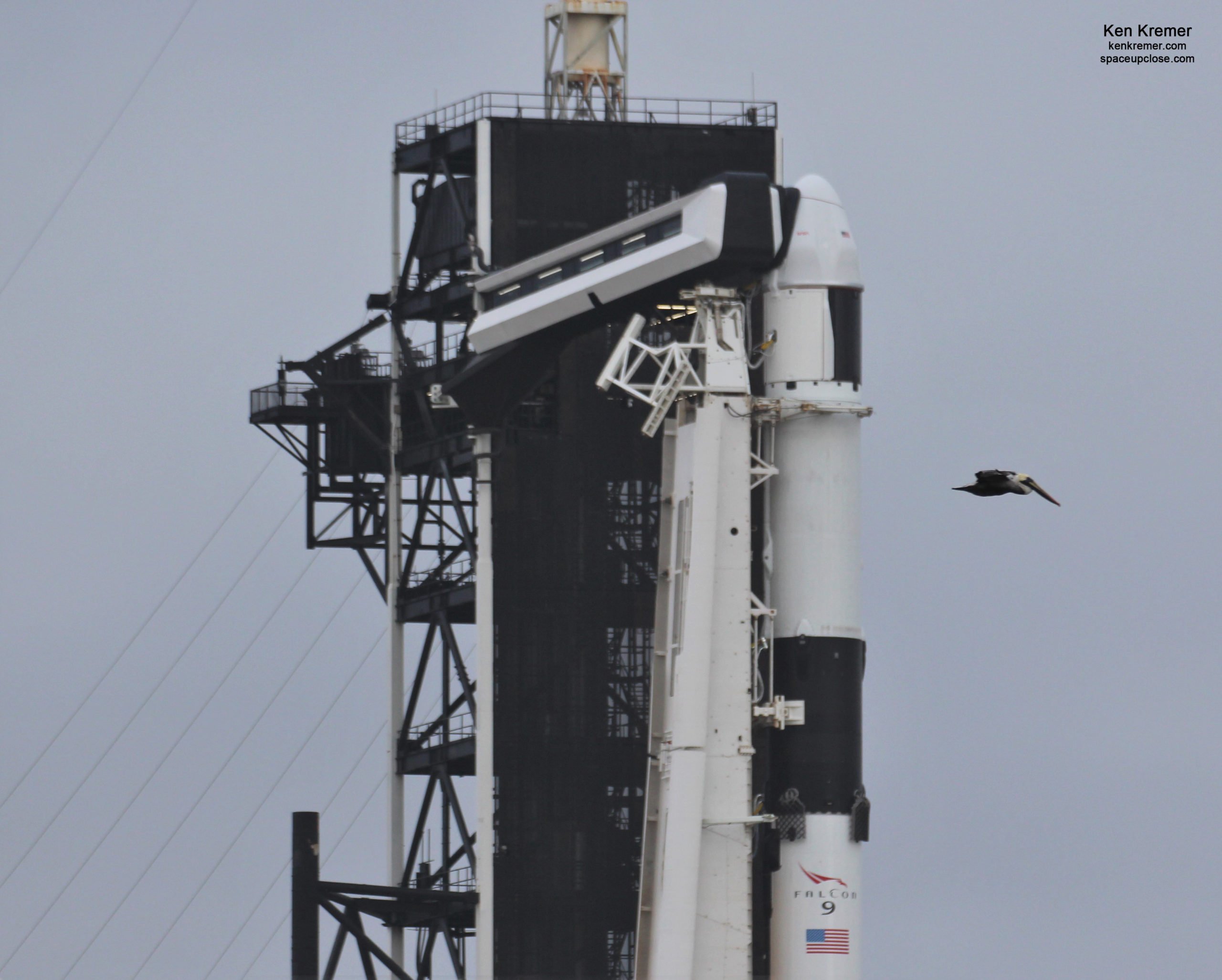
Christmas presents are also on board for the crew.
“Every year, we do our best to send up some presents to the crew,” said Joel Montalbano, NASA’s space station program manager, at the prelaunch briefing.
“I won’t get in front of Santa Claus and tell you what’s going to be sent up, but we are going to have some gifts for the crew.”
Fresh food stuffs and desserts including turkey, fish and fruitcake are also packed on board for a festive Christmas holiday season for the astronauts and cosmonauts.
“We’re going to have some gifts for the crew, and we’re going to fly some special food for Christmas dinner,” added Montalbano.
“We have some turkey, green beans, and everyone’s favorite fruit cake.”
Dragon delivered a variety of NASA science investigations, including a protein crystal growth study that could improve how cancer treatment drugs are delivered to patients, a handheld bioprinter that could one day be used to print tissue directly onto wounds for faster healing, an investigation from the makers of Tide that examines detergent efficacy in microgravity, and investigations from the Student Payload Opportunity with Citizen Science (SPOCS) program. See details below
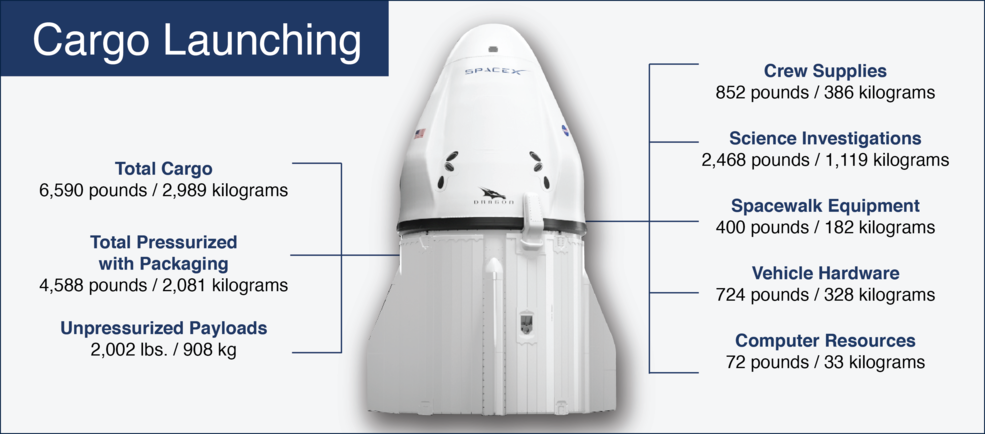
Here is the CRS-24 cargo manifest:
- 2,468 pounds (1,119 kilograms) of science investigations
• 2,002 pounds (908 kilograms) of unpressurized payloads
• 852 pounds (386 kilograms) of crew supplies
• 724 pounds (328 kilograms) of vehicle hardware
• 400 pounds (182 kilograms) of spacewalk equipment
• 72 pounds (33 kilograms) of computer resources
Watch this NASA video describing several of the science experiments on board:
Here is a detailed description from NASA of some of the new science experiments delivered aboard the CRS-24 Dragon Cargo resupply mission.
Bioprinting bandages
Bioprinting uses viable cells and biological molecules to print tissue structures. The German Aerospace Center study Bioprint FirstAid demonstrates a portable, handheld bioprinter that uses a patient’s own skin cells to create a tissue-forming patch to cover a wound and accelerate the healing process. On future missions to the Moon and Mars, bioprinting such customized patches could help address changes in wound healing that can occur in space and complicate treatment. Personalized healing patches also have potential benefits on Earth, providing safer and more flexible treatment anywhere needed.
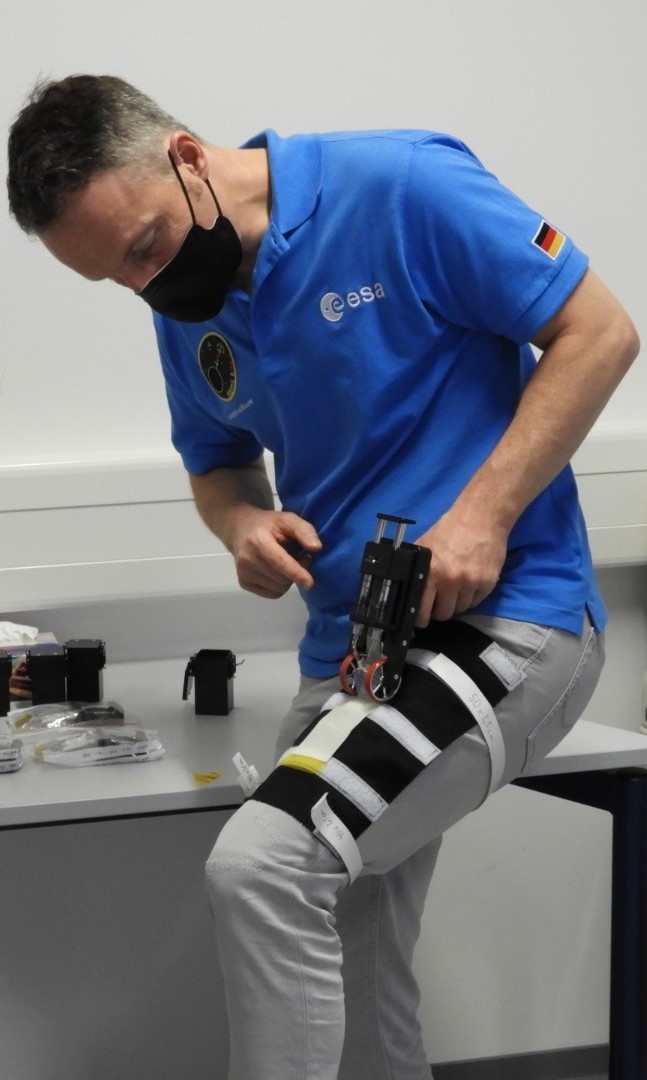
Improving delivery of cancer drugs
Monoclonal antibodies, used to treat a wide range of human diseases, do not dissolve easily in liquid and so typically must be given intravenously in a clinical setting. The Center for the Advancement of Science in Space Protein Crystal Growth 20 (CASIS PCG 20) experiment continues work on crystallizing a monoclonal antibody, pembrolizumab, that Merck Research Labs developed. It is the active ingredient in Keytruda, a drug that targets multiple cancers. Scientists analyze these crystals to learn more about the structure and behavior of the component to create drug formulations that can be administered at a doctor’s office or even at home.
Assessing infection risk
Scientists have observed that spaceflight sometimes increases the virulence of potentially harmful microbes and reduces human immune function, increasing the risk for infectious disease. Host-Pathogen assesses space-induced changes in immune status by culturing cells collected from crew members before, during, and after spaceflight with both “normal” bacteria and bacteria grown under simulated spaceflight conditions. Results could help assess the potential risk infectious microbes may pose and may support development of countermeasures. This could improve care for those with compromised immune systems on Earth.
Roots, shoots, and leaves
Multi Variable Platform (MVP) Plant-01 profiles and monitors the development of the shoots and roots of plants in microgravity. Plants could serve as a vital part of human life support systems for long-duration spaceflight and habitation of the Moon and Mars. However, space-grown plants experience stress from various factors and recent studies indicate changes in plant gene expression in response to those stressors. Improved understanding of these changes could enable the design of plants that are better suited for growth in spaceflight environments.
Toward lunar laundromats
Astronauts on the space station wear items of clothing several times, then replace them with new clothes delivered on resupply missions. Limited cargo capacity makes this a challenge, and resupply is not an option for longer missions, such as those to the Moon and Mars. In a collaboration with NASA, and sponsored by the ISS National Laboratory, Procter & Gamble has developed Tide Infinity, a fully degradable detergent specifically designed for use in space, and the P&G Telescience Investigation of Detergent Experiments (PGTIDE) study the performance of its stain removal ingredients and the formulation’s stability in microgravity. Once proven in space, Tide plans to use the new cleaning methods and detergent to advance sustainable, low-resource-use laundry solutions on Earth.
Parts made in space
Turbine Superalloy Casting Module (SCM) tests a commercial manufacturing device that processes heat-resistant alloy parts in microgravity. Alloys are materials made up of at least two different chemical elements, one of which is a metal. Researchers expect more uniform microstructures and improved mechanical properties in superalloy parts processed in microgravity compared to those processed on Earth. These superior materials could improve the performance of turbine engines in industries such as aerospace and power generation on Earth.
Students and citizens as space scientists
Students enrolled in institutions of higher learning can design and build microgravity experiments as part of NASA’s Student Payload Opportunity with Citizen Science (SPOCS). As part of their experiments, selected teams include students in kindergarten through 12 grade as citizen scientists. Citizen science allows individuals who are not professional scientists to contribute to real-world research. The NASA STEM on Station project is funding experiments flying on this SpaceX resupply mission, including a study on antibiotic resistance in microgravity from Columbia University in New York and one on how microgravity affects bacteria-resistant polymers from the University of Idaho in Moscow, Idaho.
These are just a few of the hundreds of investigations currently being conducted aboard the orbiting laboratory in the areas of biology and biotechnology, physical sciences, and Earth and space science. Advances in these areas will help keep astronauts healthy during long-duration space travel and demonstrate technologies for future human and robotic exploration beyond low-Earth orbit to the Moon and Mars through NASA’s Artemis program.
….
The SpaceX Falcon 9 rocket with Dragon spacecraft rolled out to Launch Complex 39A at KSC on Dec. 19, 2021.
In November, the International Space Station surpassed its 21-year milestone of continuous human presence, providing opportunities for unique research and technological demonstrations that help prepare for long-duration missions to the Moon and Mars and also improve life on Earth. During that time, 249 people from 19 countries have visited the orbiting laboratory, which has hosted nearly 3,000 research investigations from researchers in 108 countries and areas.
Here are some launch photos from SpaceX:
Falcon 9’s 31st and final launch of 2021 pic.twitter.com/Va0JITgwZx
— SpaceX (@SpaceX) December 21, 2021
Watch Ken’s onsite reporting about CRS-24 at the Kennedy Space Center.
Watch Ken’s continuing reports about SpaceX Crew and Cargo Dragons, Artemis, SLS, Orion and NASA missions, Lucy Asteroid mission, IXPE, DART, National Security missions, SpaceX Starlink, Blue Origin and Space Tourism, Commercial Crew and Starliner and Crew Dragon and onsite for live reporting of upcoming and recent SpaceX and ULA launches including Crew 1 & 2 & 3, ISS, Solar Orbiter, Mars 2020 Perseverance and Curiosity rovers, NRO spysats and national security missions and more at the Kennedy Space Center and Cape Canaveral Space Force Station.
Stay tuned here for Ken’s continuing Earth and Planetary science and human spaceflight news: www.kenkremer.com –www.spaceupclose.com – twitter @ken_kremer – email: ken at kenkremer.com
Dr. Kremer is a research scientist and journalist based in the KSC area, active in outreach and interviewed regularly on TV and radio about space topics.
………….
Ken’s photos are for sale and he is available for lectures and outreach events
Please consider supporting Ken’s work by purchasing his photos and/or donating at Patreon:
https://www.patreon.com/kenkremer
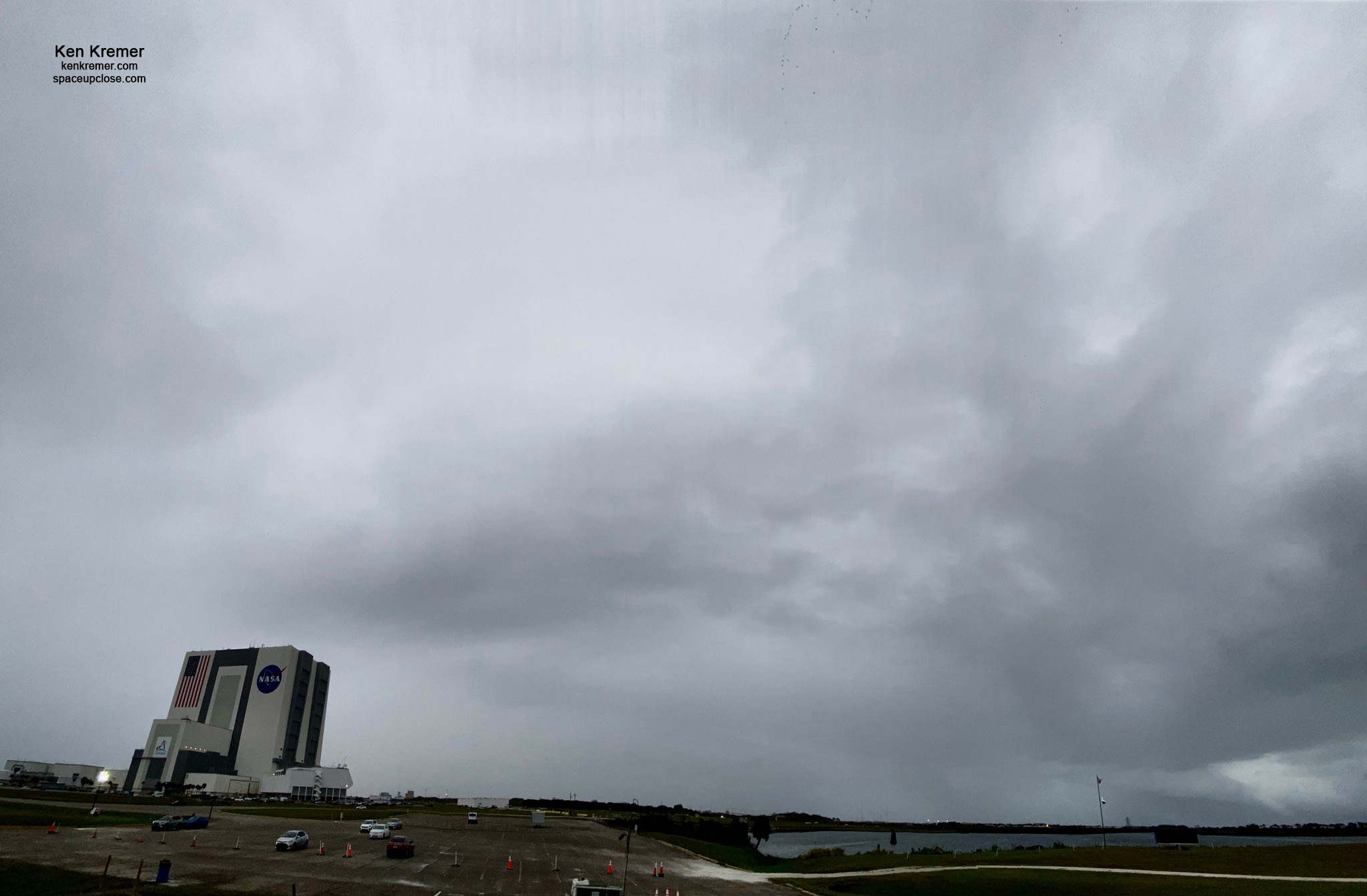
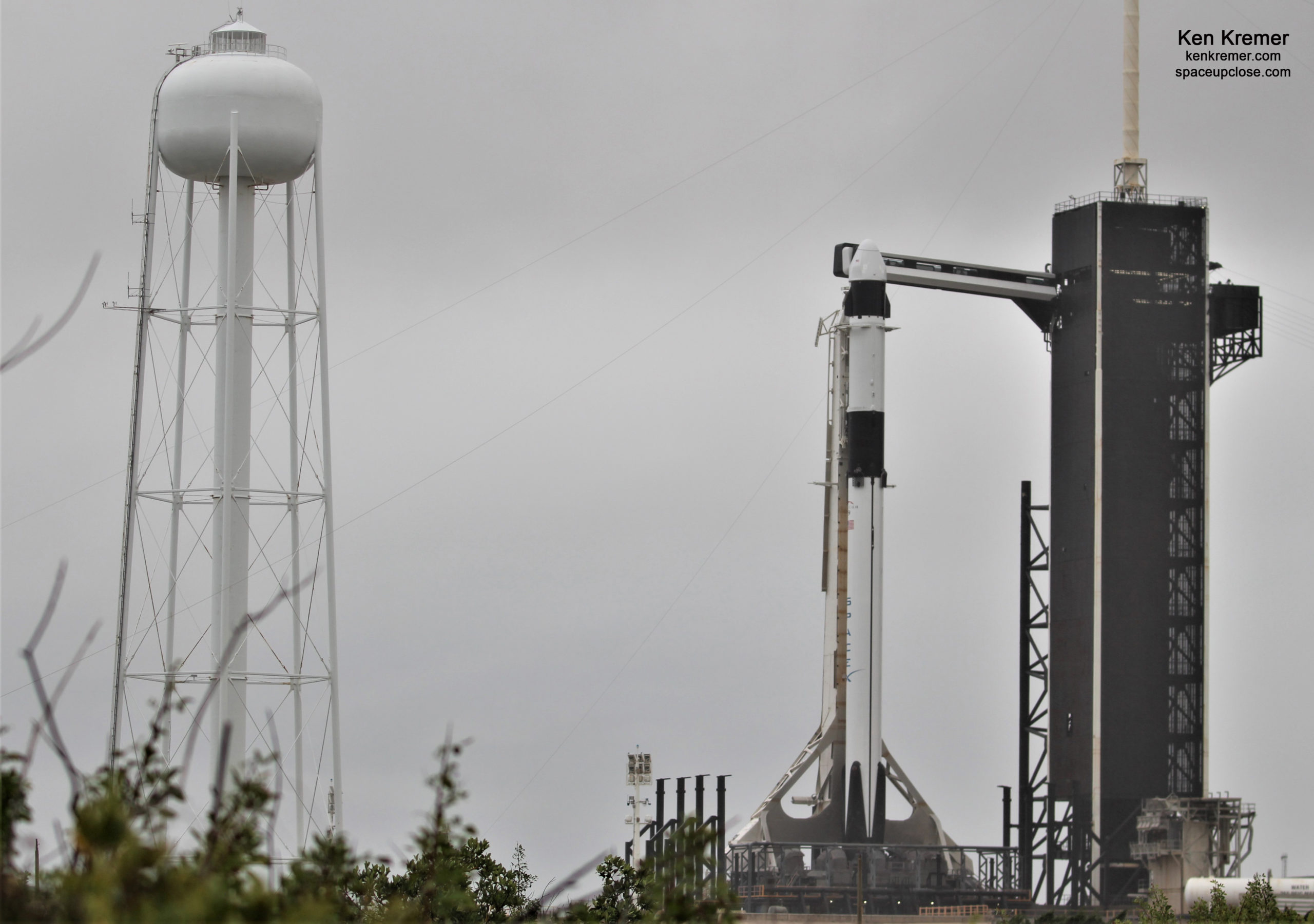
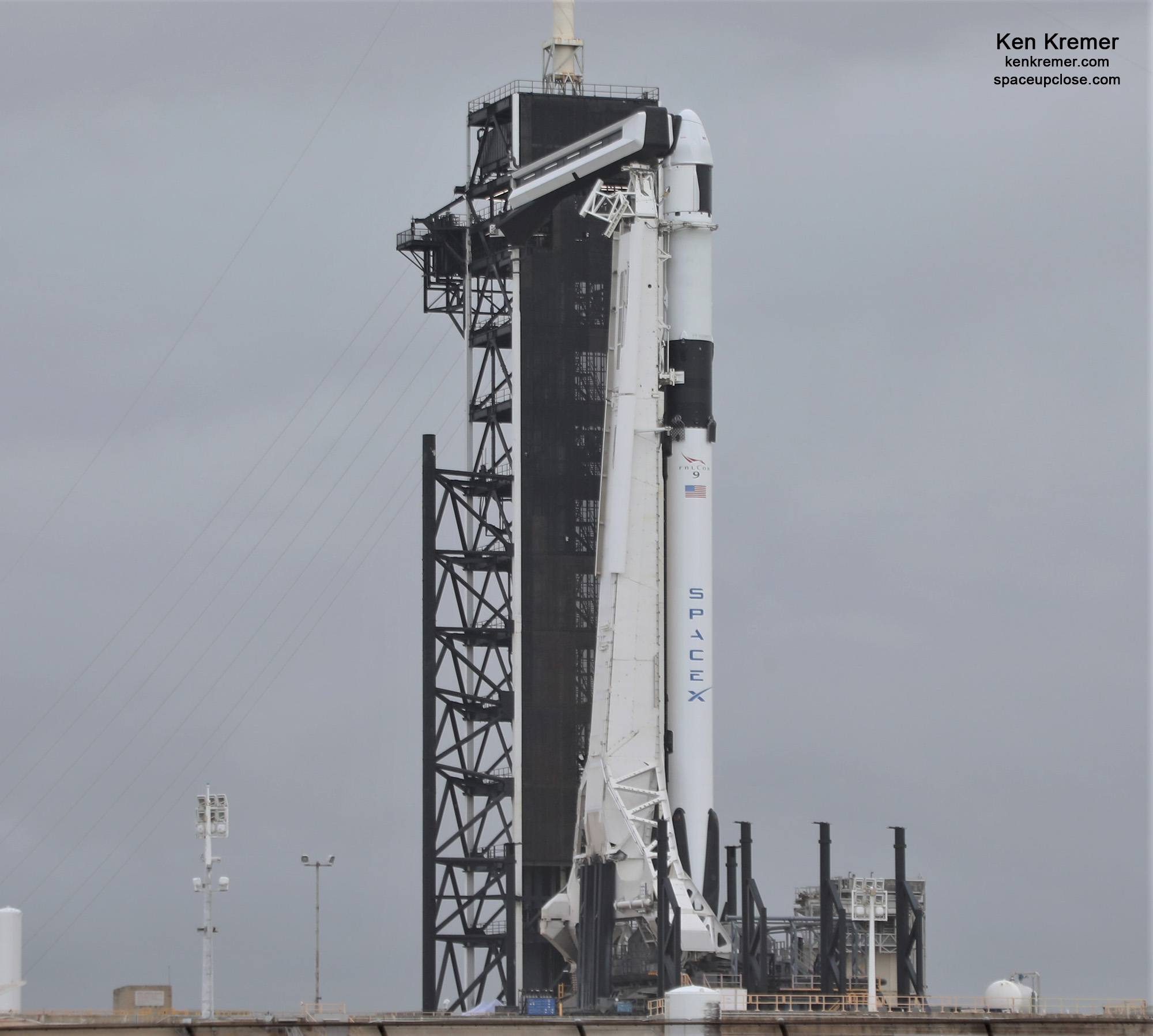
x



